bananarepublic
SENIOR MEMBER

- Joined
- Jan 15, 2015
- Messages
- 2,424
- Reaction score
- 5
- Country
- Location
Follow along with the video below to see how to install our site as a web app on your home screen.
Note: This feature may not be available in some browsers.

New Recruit



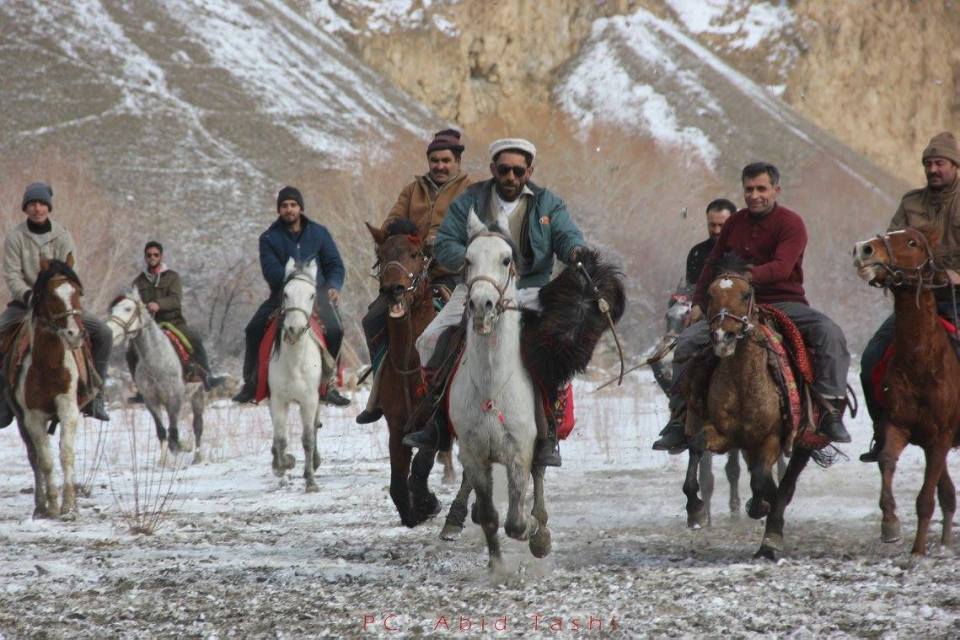
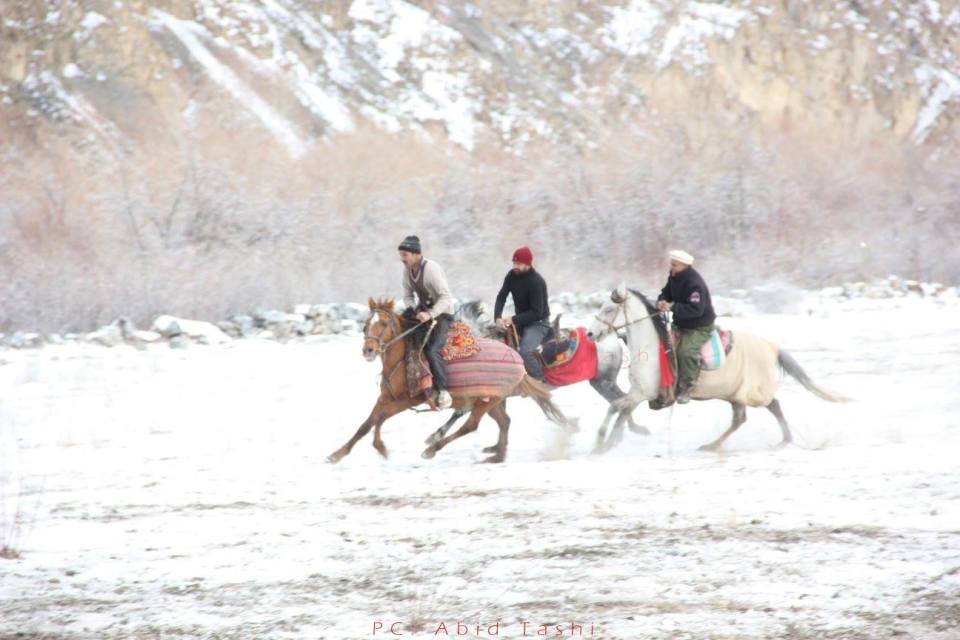

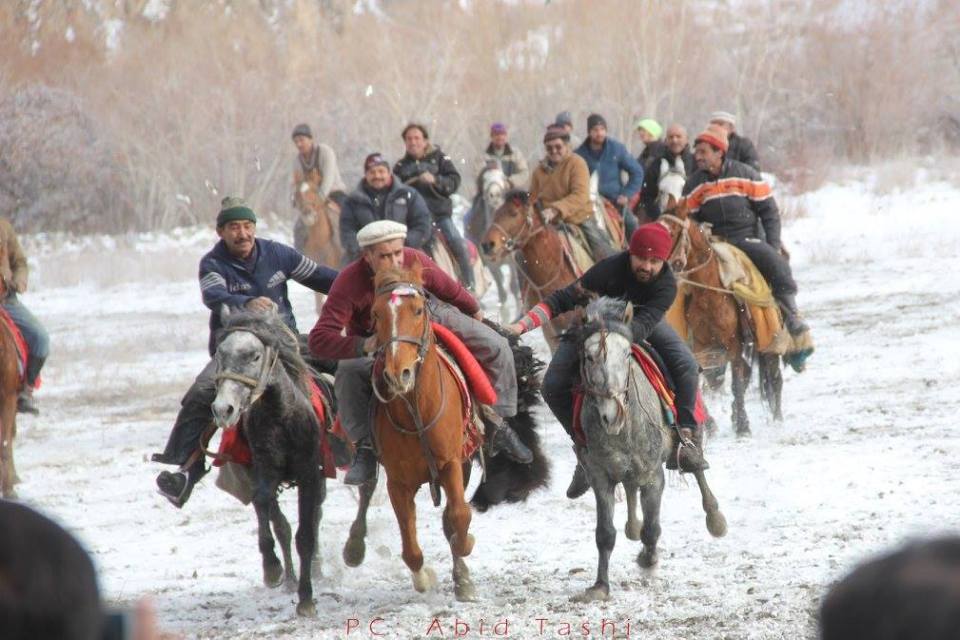
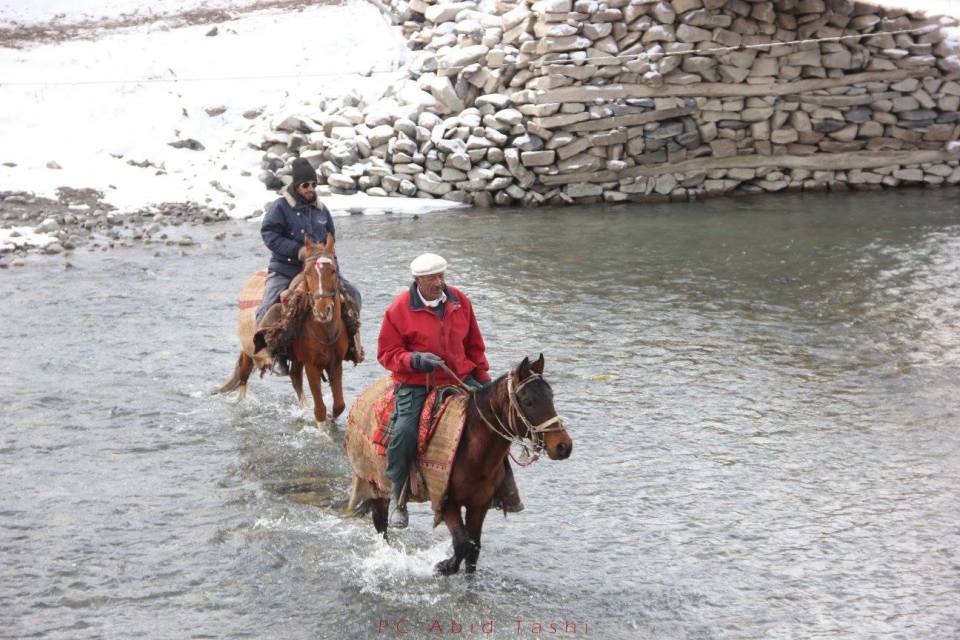

The ancient ‘SHAAP” festival celebrated in Gilgit
“Shaap” – a traditional ritual and a peculiar event of Shina Community, was celebrated in winter after slaughtering Nasalo (Traditional ritual of slaughtering animals to dry meat for the whole winter). The old Gilgit city was comprised of eleven villages that are called Kot, and the eleven Kots were divided into two sectors that was called Phari. Every Kot had its Trangpha, (Namberdar) and Zetú (Helper of Namberdar). People from all Kots celebrated Shaap in their Kot on different nights and finally they celebrated Thal Shaap (Grand Shaap) jointly.
After it they gathered in Kot Mohla Gilgit for Brangsa (Feast). All shaap groups from eleven Kot came there to attend the feast. There was a competition of Phali Gaaye (crambo) held between two sectors, the spectators mentally as well as physically involved in the competition and supported the crambo player of their respective sectors. Unfortunately, many a time the feast would end with a quarrel of the groups of opposite sectors. But those quarrels did not result in killings and murders, because the rivals did not have any concern to decode their symbolic prestige or identity”. Shaap was a great source and space of social interaction among the people of Gilgit city. Many other cultural events were also held which were the sources of social interaction. (Reference: Sectarianism as an Institution in Gilgit-Baltistan, Israruddin Israr, Pamir Times, Jul 29, 2013)
http://pamirtimes.net/2017/01/30/the-ancient-shaap-festival-celebrated-in-gilgit/
http://pamirtimes.net/2017/01/30/12...playing-buzkashi-in-chipurson-gojal-in-hunza/
12 Amazing photographs of playing ‘Buzkashi’ in Chipurson, Gojal in Hunza





--------------------------------------------------------------------------------------------------------------------------
A very old sport of GB, i'll give a good reference when i have some time. @Levina ,@anant_s ,@unleashed ,@saiyan0321 ,@krash ,@shimshali ,@Joe Shearer

No man, lol. @unleashed ?Have you played?

A big NO.. But i would love to..No man, lol. @unleashed ?

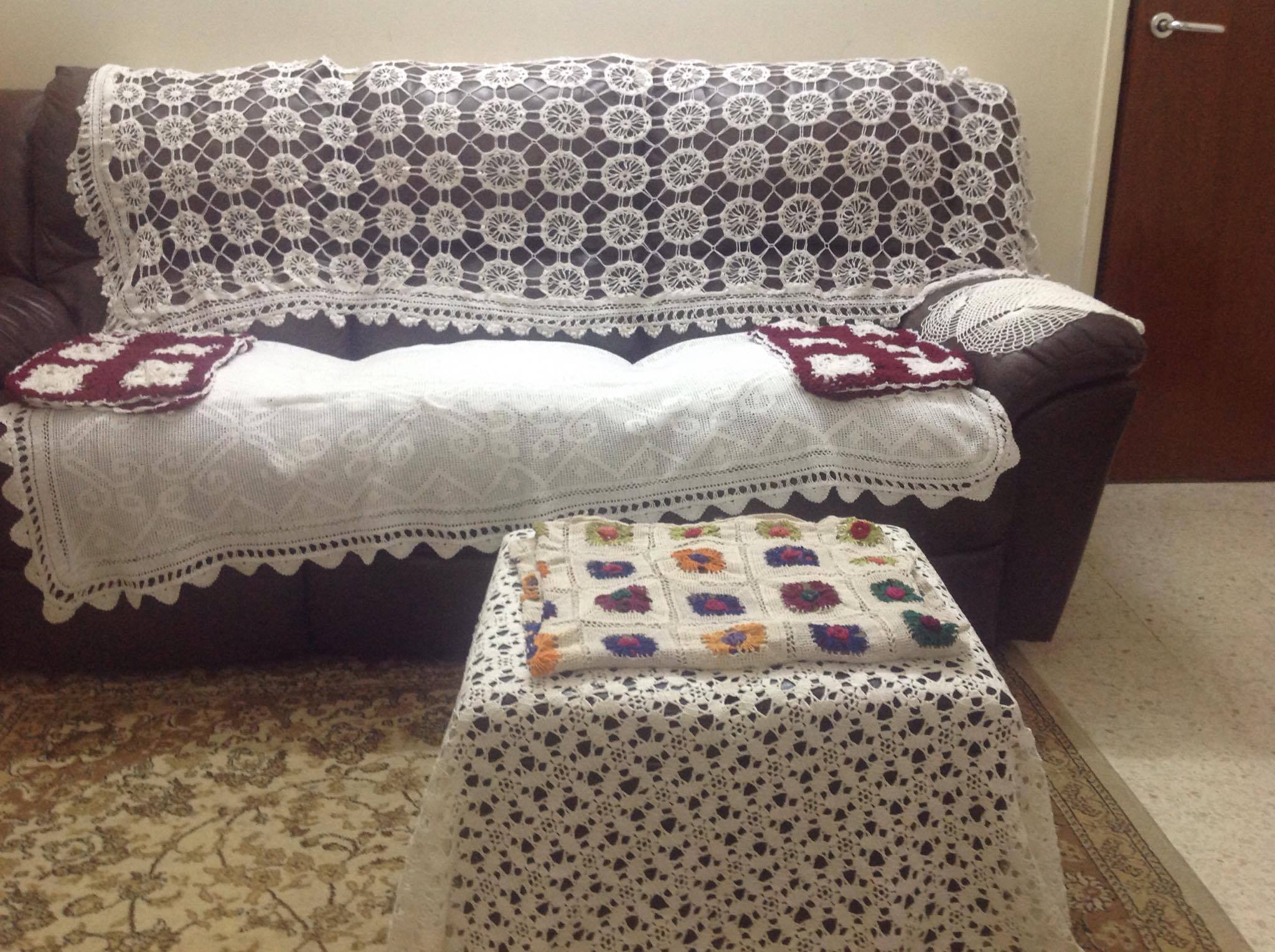
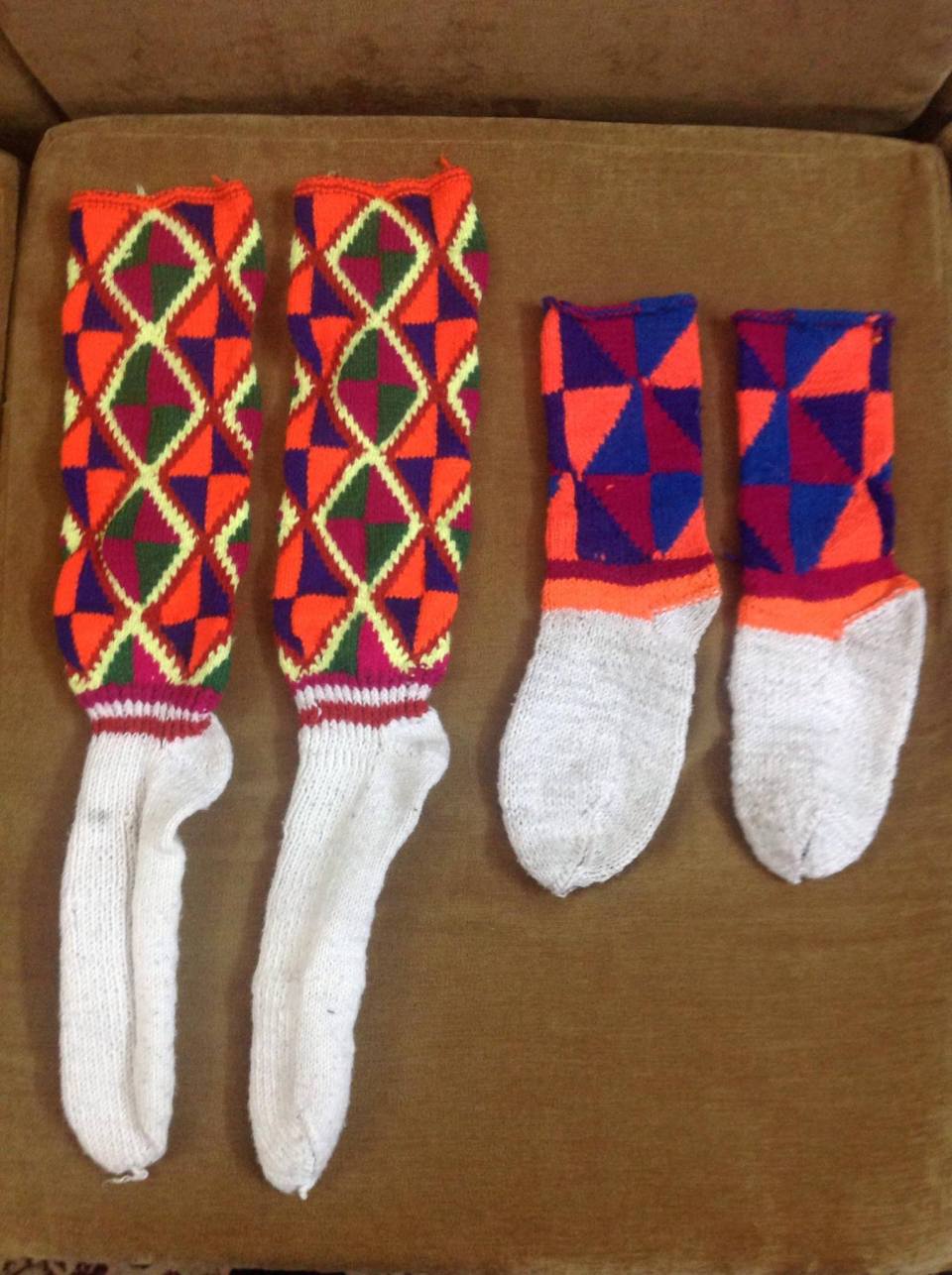





Back in my childhood days (early 80s),when we didn't have much of ready-made woolen garments, mother used to knit sweaters, gloves even socks from woolen yarn. it was quite intriguing to see her making designs using different colored wool.
women of Gilgit Baltistan are highly skilled
 Respect for their creativity and resourcefulness.
Respect for their creativity and resourcefulness.
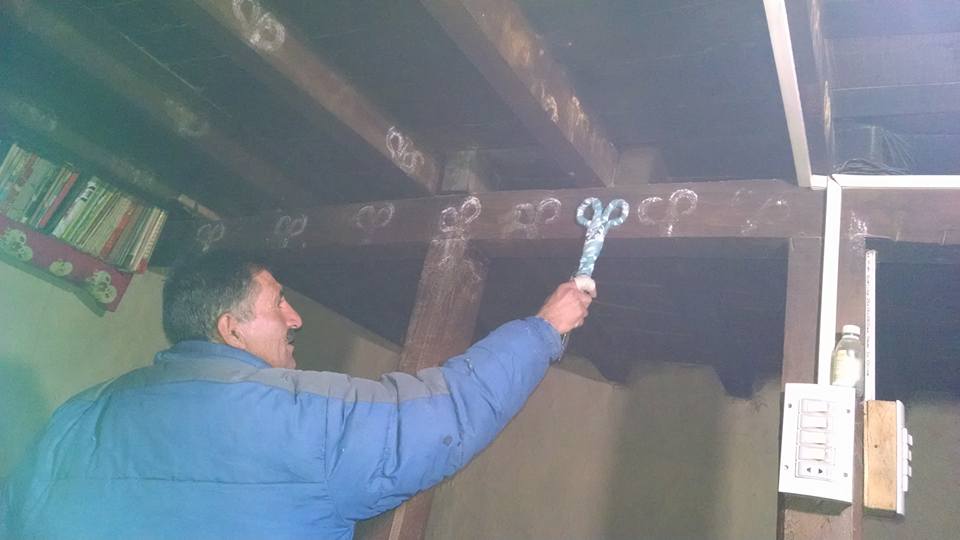
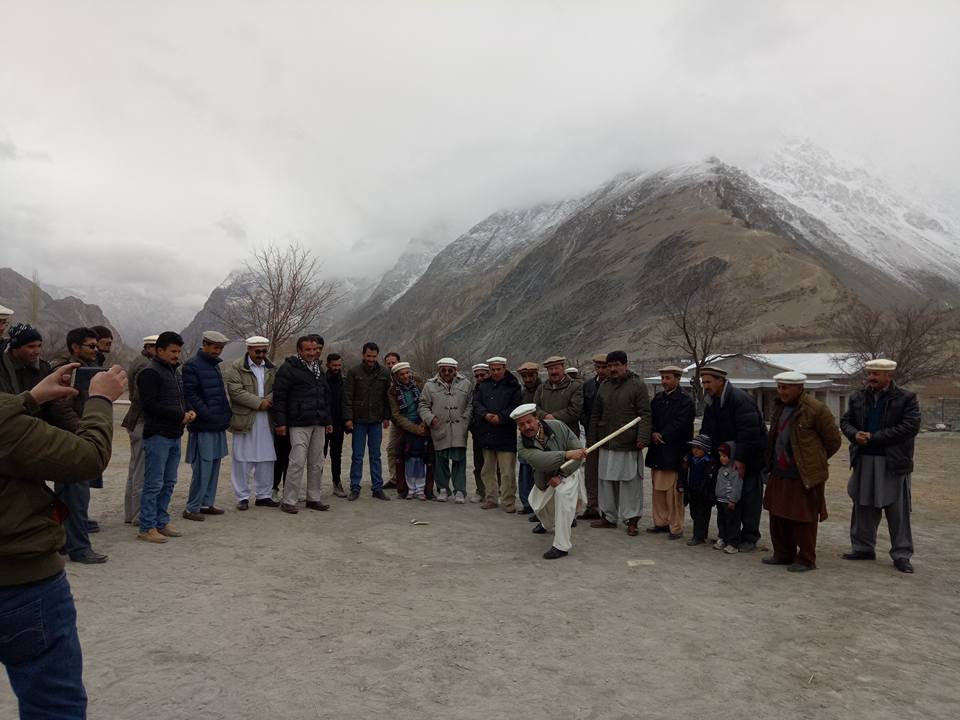
It's sad really to see people forgetting their culture, something that's coming down the family line.Unfortunately this is a lost art. My wife does a bit of crochet work using a round wooden tool and special needle. but with factory made items easily and cheaply available, customized items made by women in their leisure time are slowly getting lost.

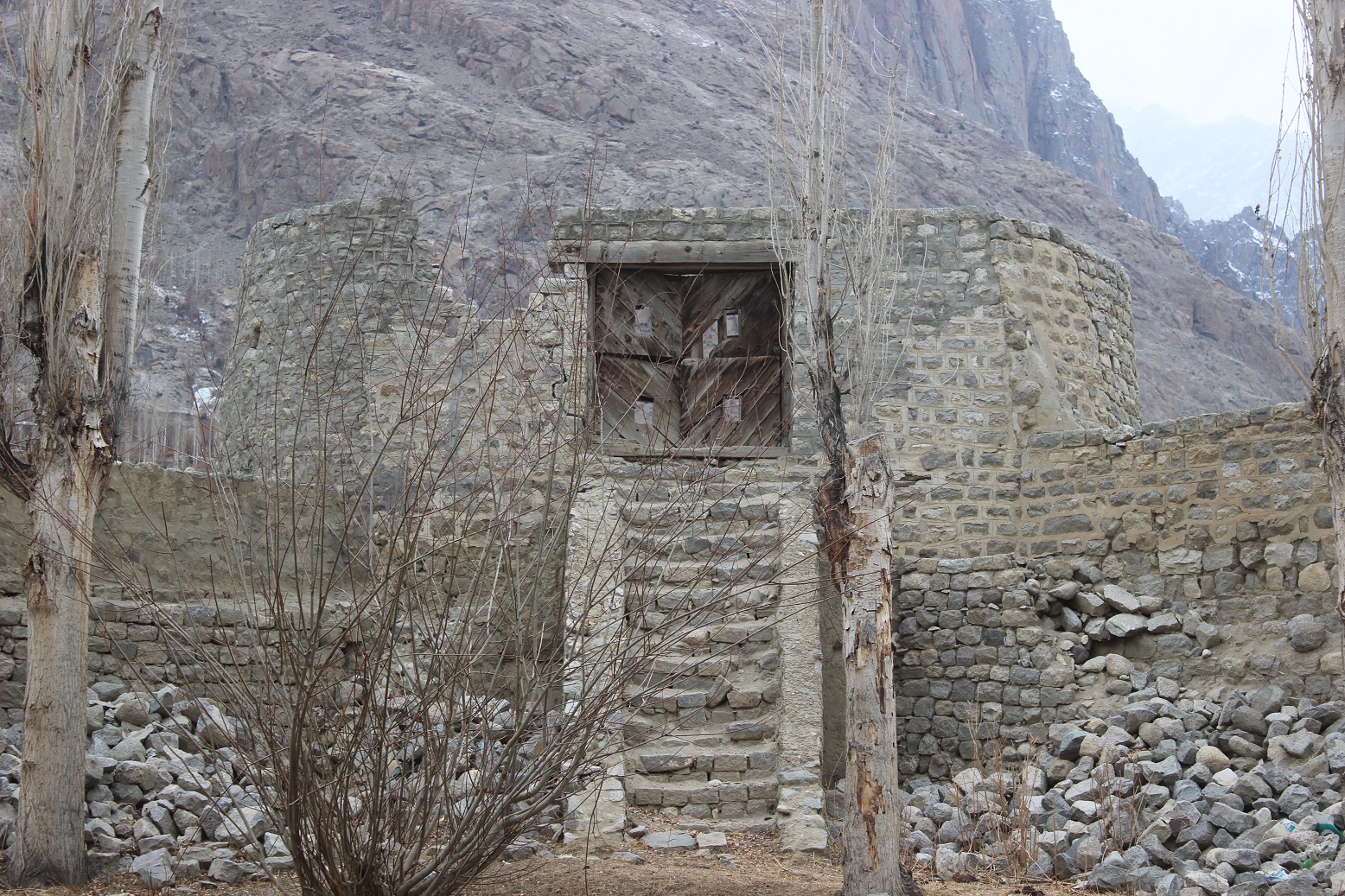


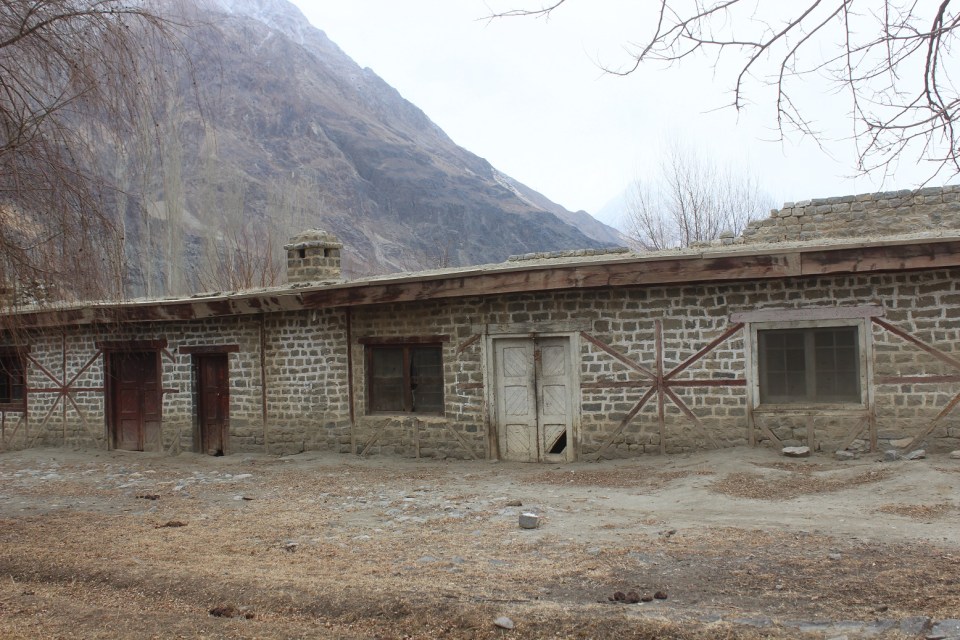
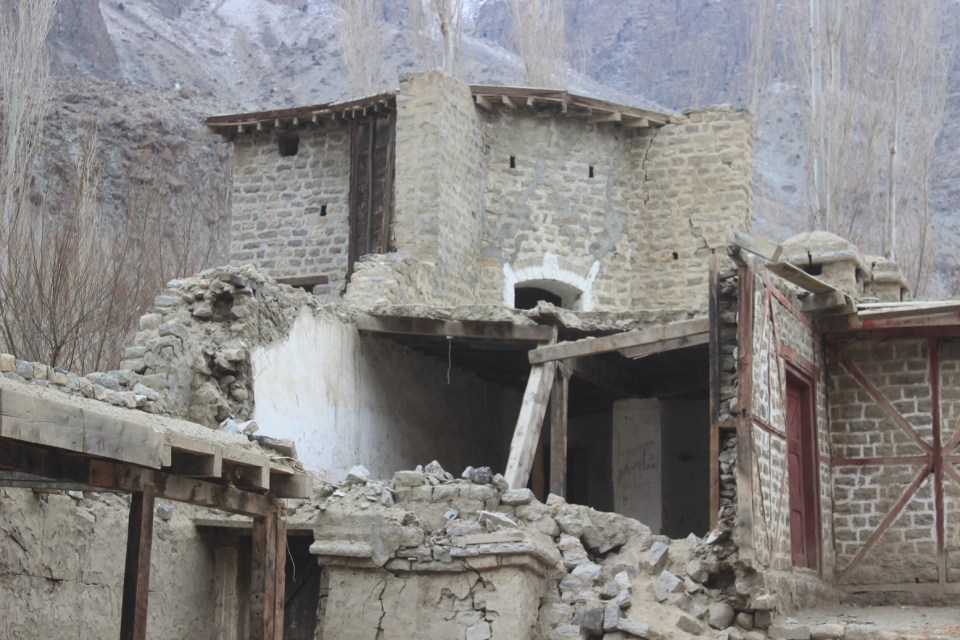
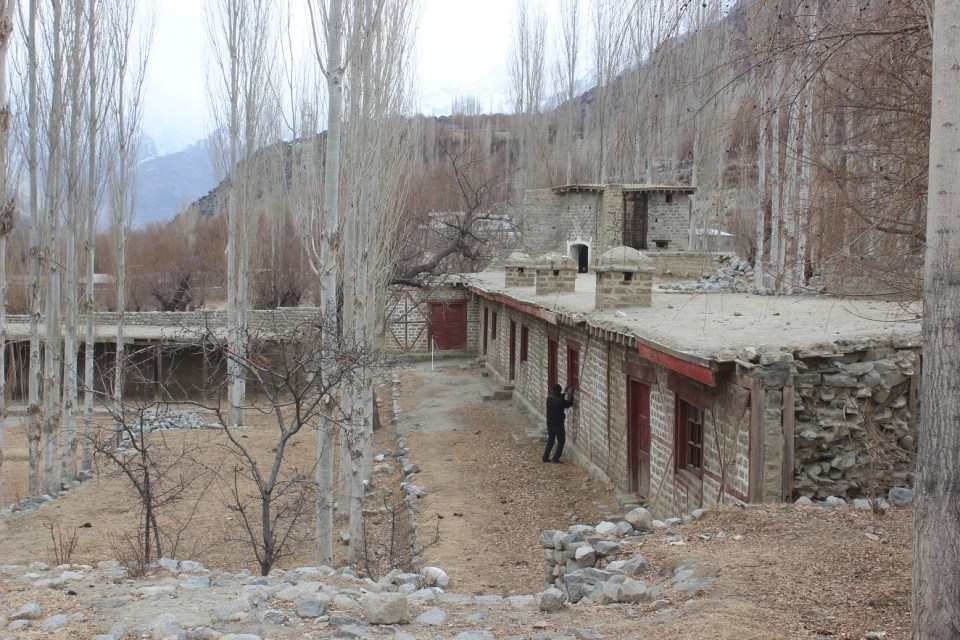
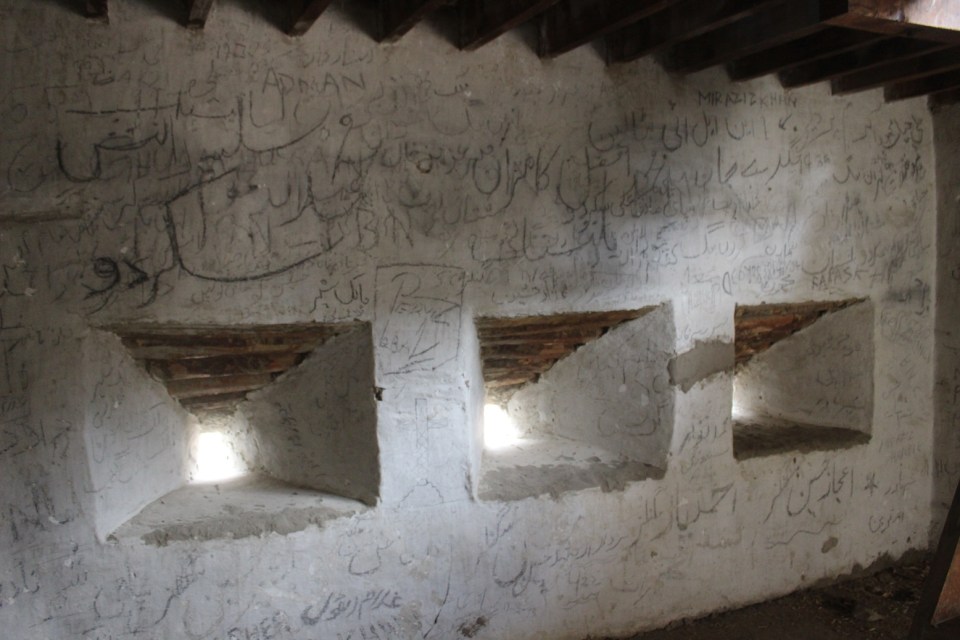

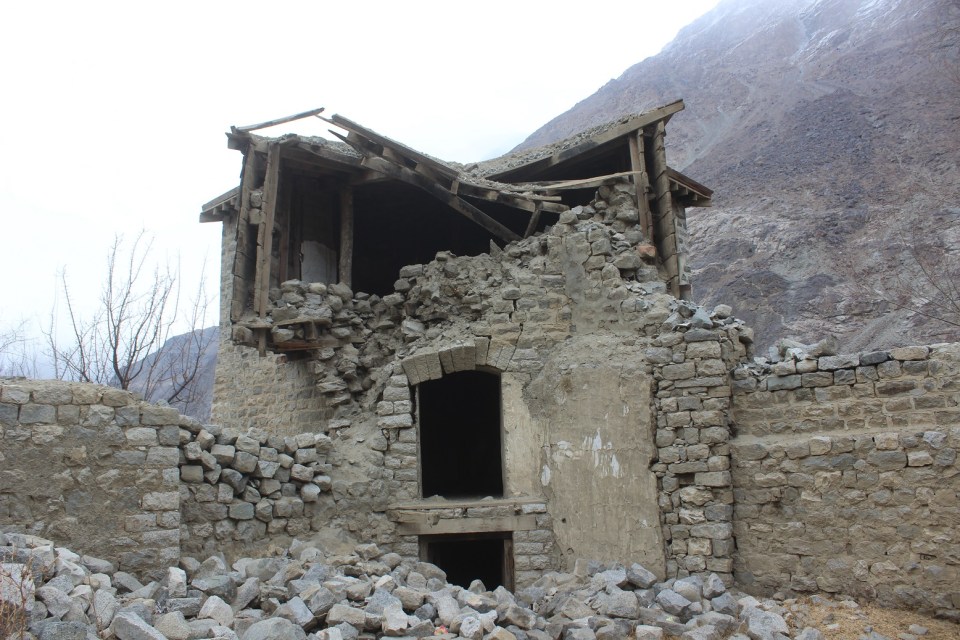



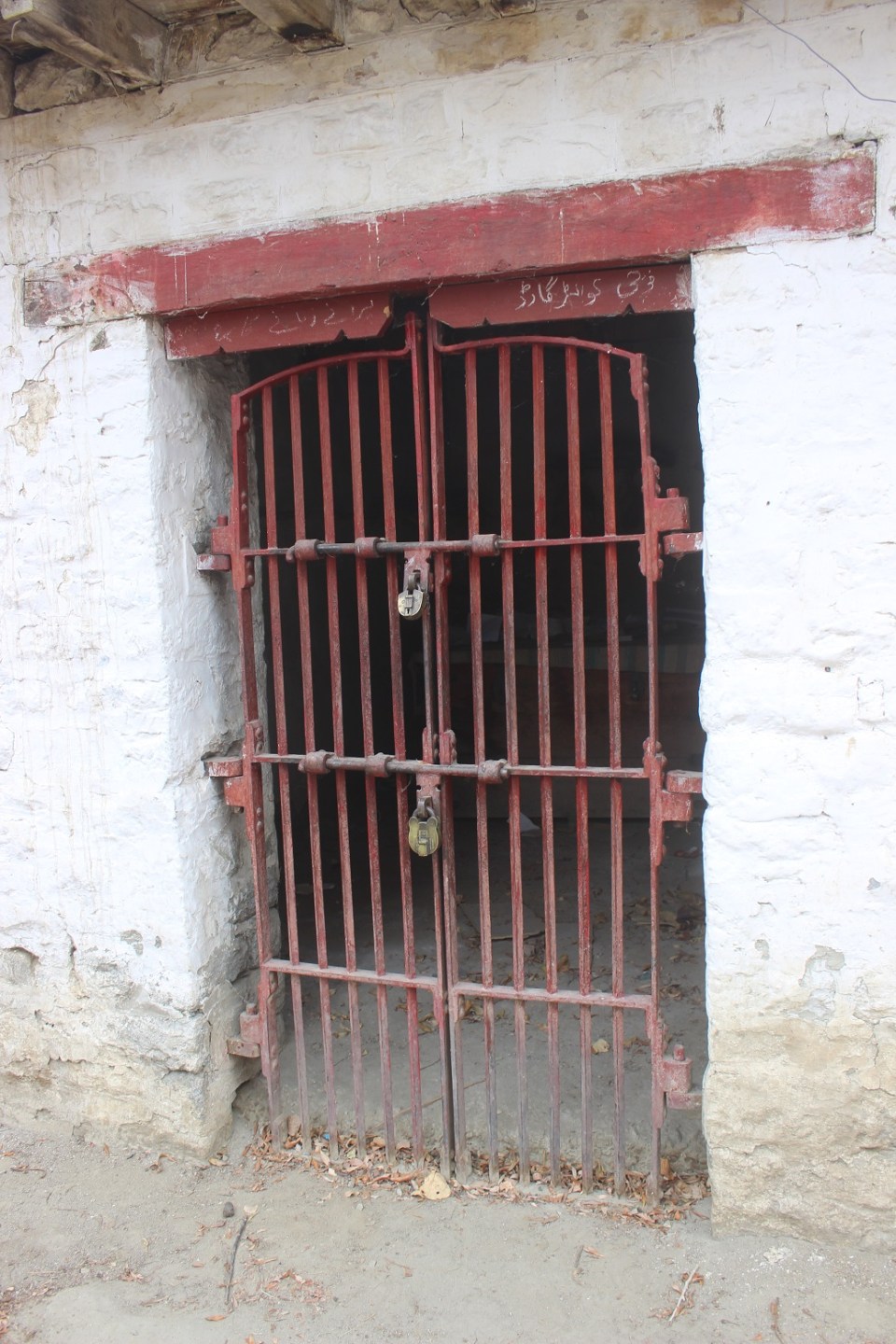

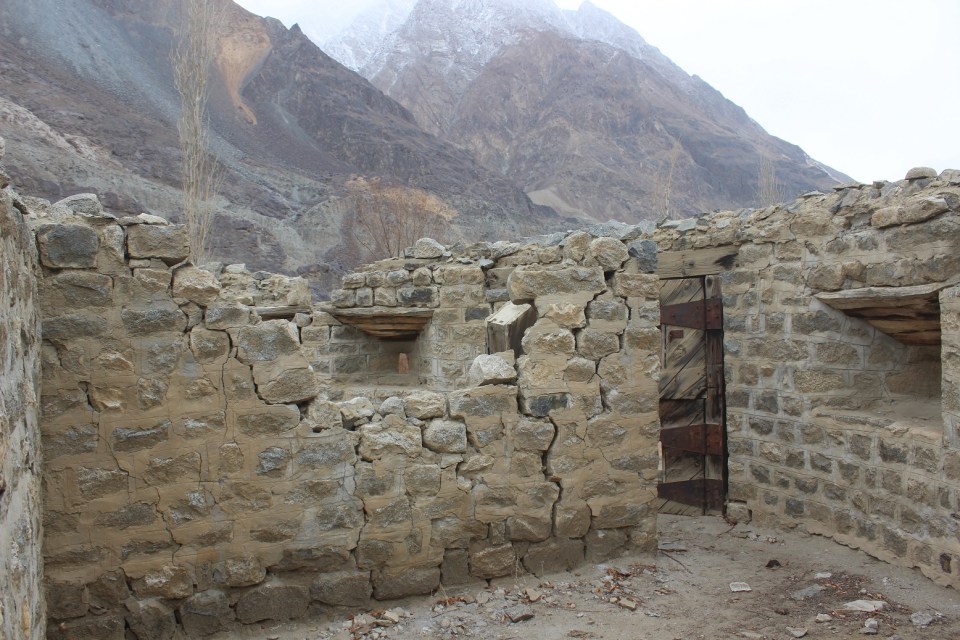

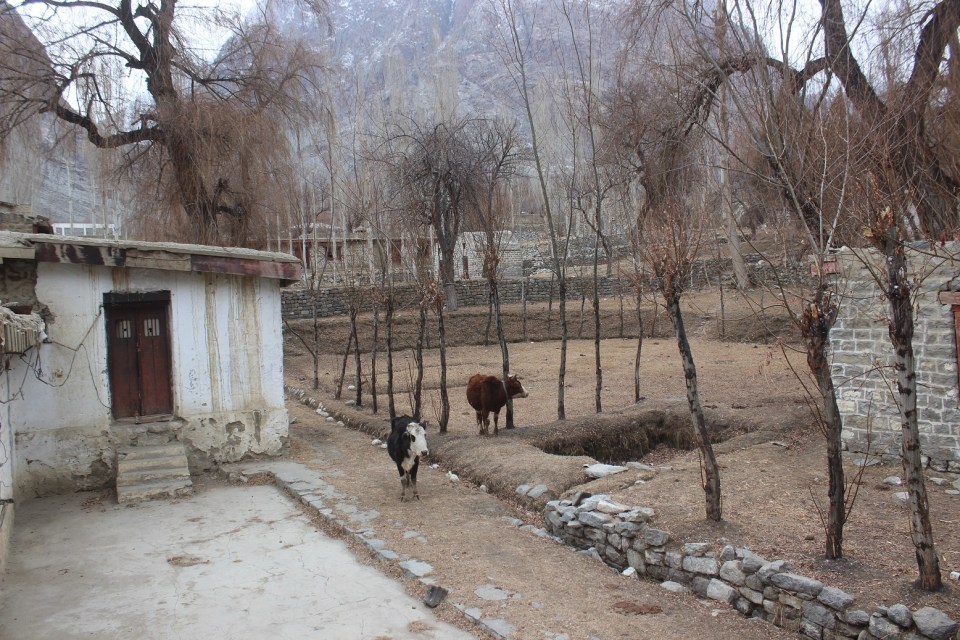
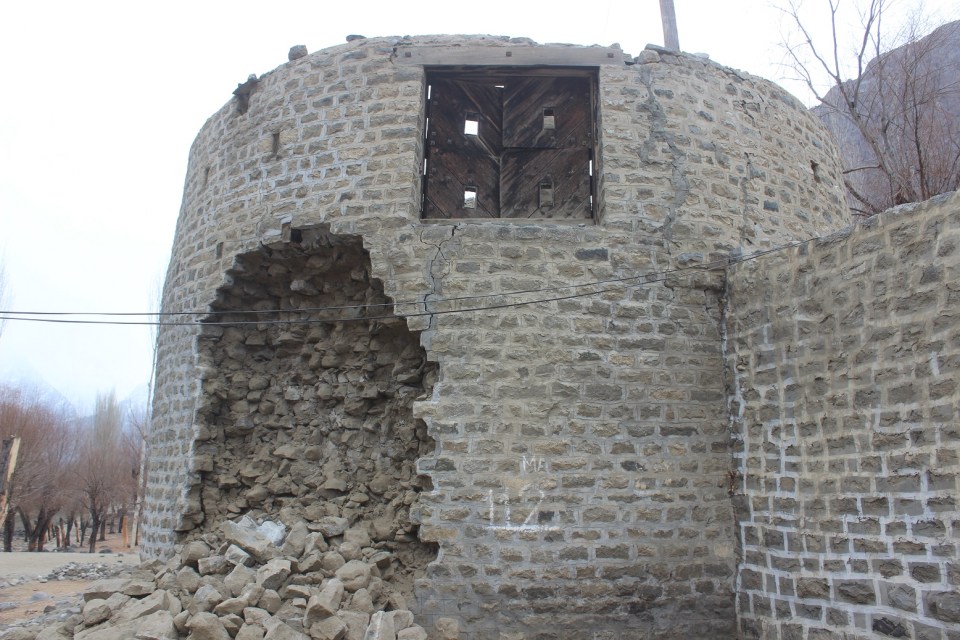

Thanks for the tag.A hand knit garment is of high value and sign of pride of the local cultural heritage.

Tukroos... Nostalgic.. I was considered one of the greatest player in my Mohallah..A Tuksuri match in progress

i still use hand made sweaters.. Thanks for sharing amazing post @WAJsalThe sweaters are made better than shown in the image, @unleashed , @shimshali , who can relate to the socks and gloves.
